The Exile (1947 film)
7.2 /10 1 Votes
Director Max Ophuls Duration Language English | 7/10 IMDb Genre Adventure, Romance Country United States | |||||||||||||||||||||||||||||||||
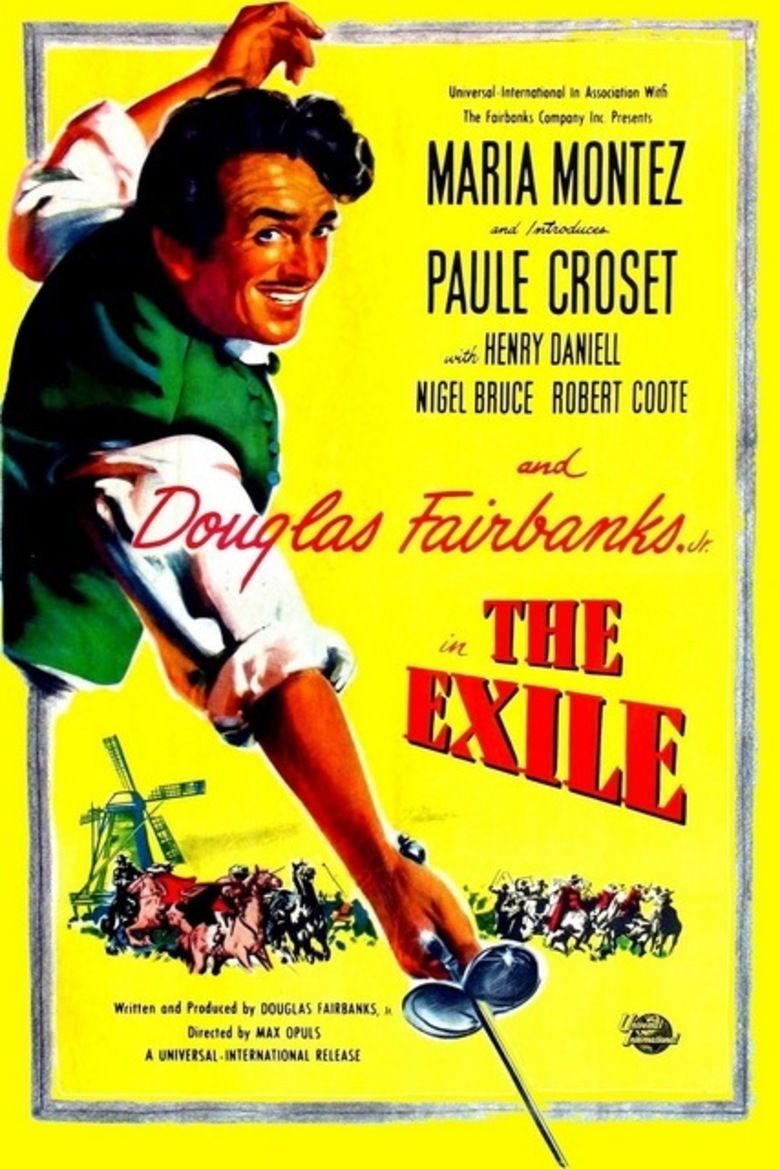 | ||||||||||||||||||||||||||||||||||
Release date October 17, 1947 (1947-10-17) (U.S.) Cast Douglas Fairbanks Jr. (Charles II), (Katie), (Comtesse Arbella de Courteuil), (Le colonel Ingram), (Sir Edward Hyde), (Dick Pinner)Similar movies Hudsons Bay (1941), The Kings Thief (1955), Douglas Fairbanks - Jr appears in both, The Wicked Lady (1945), Cromwell (1970) | ||||||||||||||||||||||||||||||||||
The exile 1947
The Exile (1947) is a adventure romantic film directed by Max Ophüls, and produced, written by, and starring Douglas Fairbanks, Jr.. Rita Corday (billed as "Paule Croset") played the romantic interest. According to Robert Osborne, the primary host of Turner Classic Movies, María Montez had a stipulation in her contract that she had to have top billing in any film in which she appeared, so her name comes first in the opening credits, despite her secondary role. The movie is based on the novel His Majesty, the King: A Romantic Love Chase of the Seventeenth Century by Cosmo Hamilton.
Contents
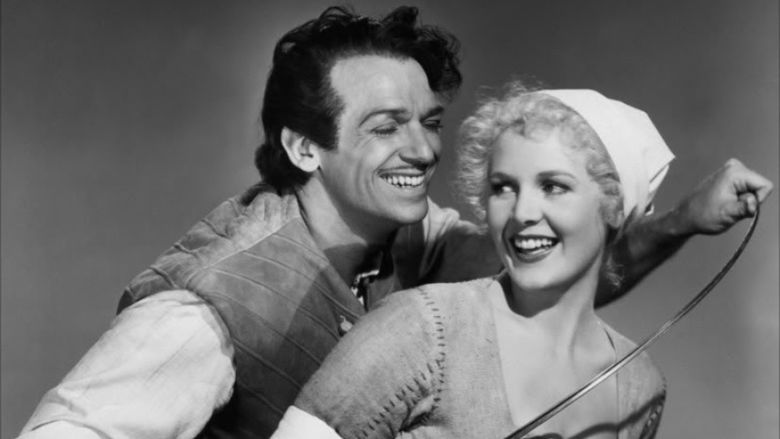
Edwin august in the exile 1947
Plot
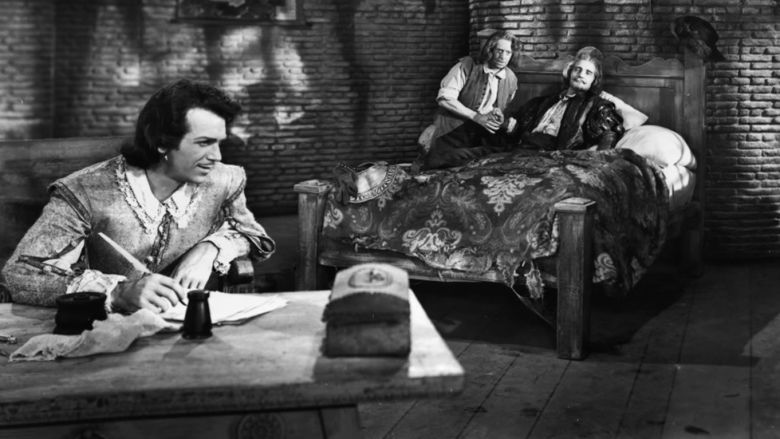
In 1660, Charles Stuart (Douglas Fairbanks, Jr.), deposed as king of England by Oliver Cromwell and the Roundheads, is in exile in the Netherlands with a few loyalists, awaiting the right opportunity to return. Whilst bartering in a local marketplace, he meets Katie (Rita Corday), a Dutch farm owner and flower seller.
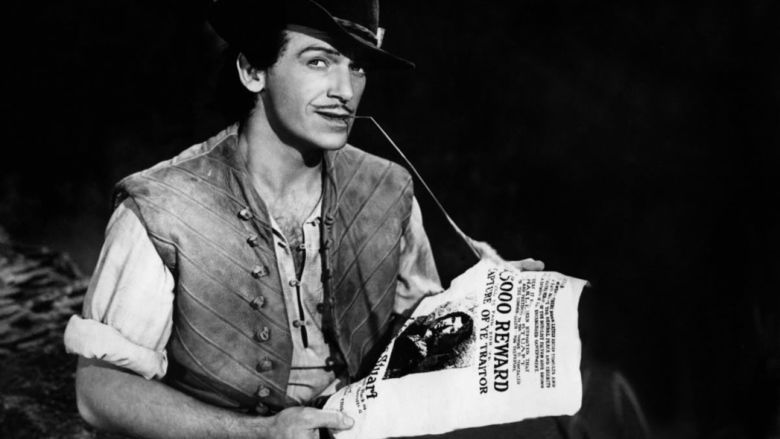
When unrest in England presents both opportunity and danger, Charles's chief advisor, Sir Edward Hyde (Nigel Bruce), recommends he hide somewhere, neither too close for Roundhead assassins to find him, nor too far for news to reach him of further developments. Charles, without revealing his royal identity, persuades Katie to take him on as a farm hand. The two soon fall in love.
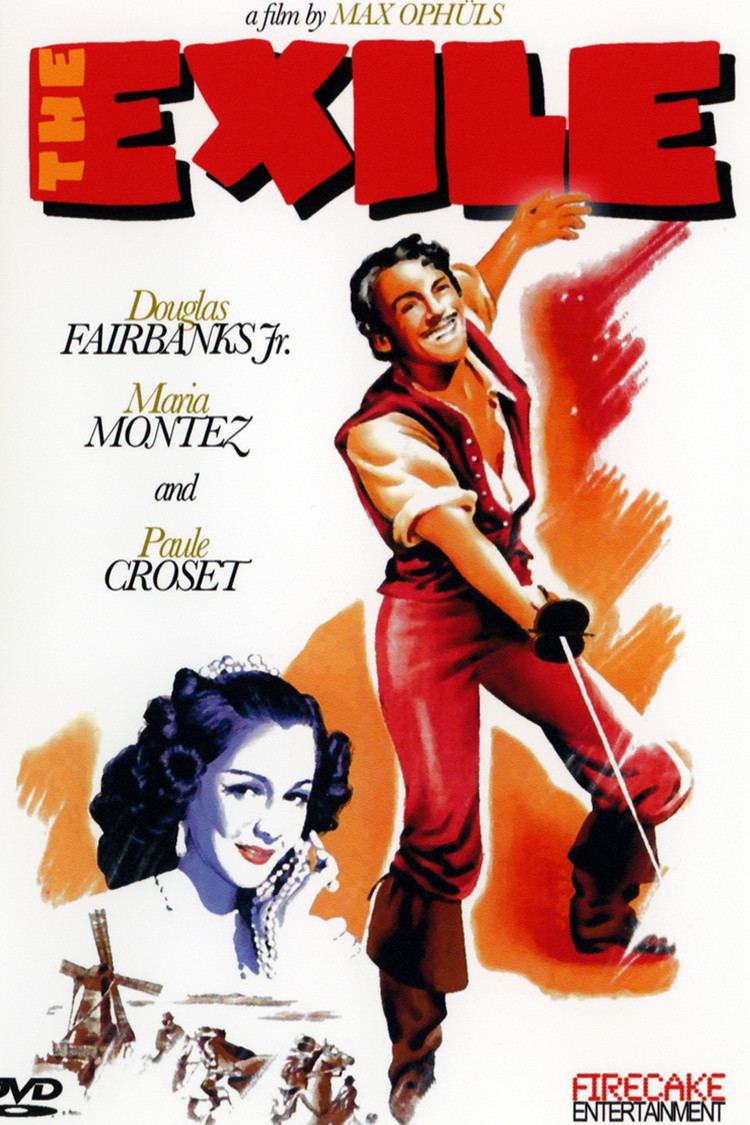
During his stay, Charles encounters an actor named Dick Pinner (Robert Coote) who is posing as him; the imposter stays at Katie's inn. Shortly afterward, there arrives another guest, Countess Anbella de Courteuil (María Montez), an old lover of Charles's and an emissary from King Louis of France. She presents Charles with a gift from Louis, a music box. Knowing that Katie owes 3000 guilders to her cousin, Jan (Otto Waldis), Charles has the music box sold and pays off the debt without her knowledge. Katie becomes jealous of Anbella and dismisses Charles. However, when she learns of his generosity from a gracious, departing Anbella, she takes him back.
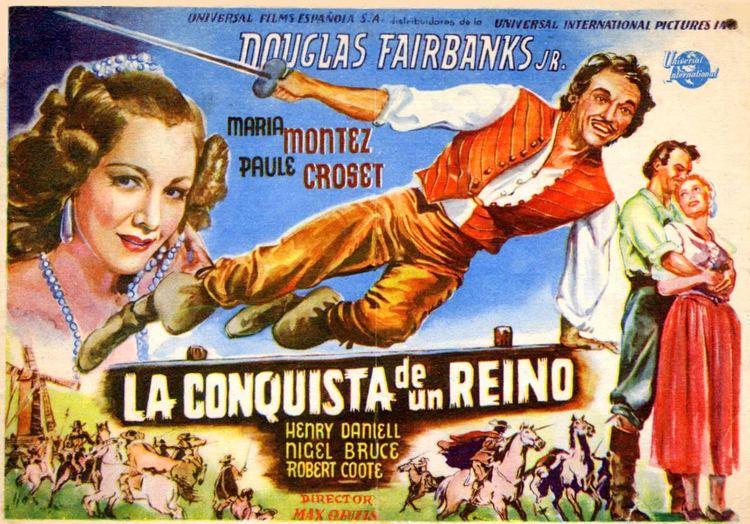
Meanwhile, English Colonel Ingram (Henry Daniell) has been given the mission of assassinating the king. He tracks Charles to his hiding place. Charles escapes from Ingram's men, but they follow Katie and trap him in a windmill. After a sword fight, he kills Ingram, and his followers come to the rescue. Sir Edward informs him that Parliament has offered him back his throne. To take the crown, however, Charles has to leave Katie; Charles resists the idea, but Sir Edward reminds him of his duty, and Katie of what he can do for his people, and the two star-crossed lovers sadly part.
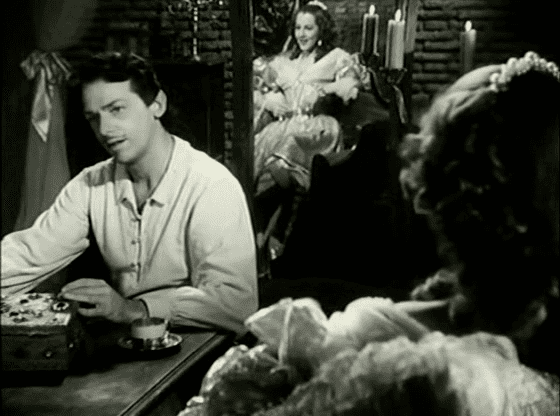
The film's original ending, preferred by Ophüls, was a bit longer than the one shown in the United States. The shorter version ends with Charles leaving for England, while the longer has a further scene in which two courtiers casually discuss a plaque that is erected to his stay.
Cast
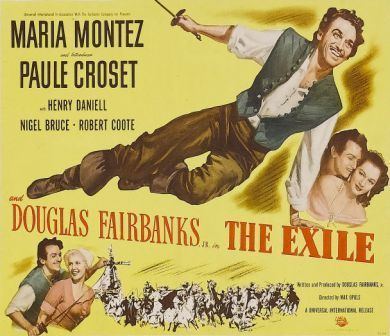
Production
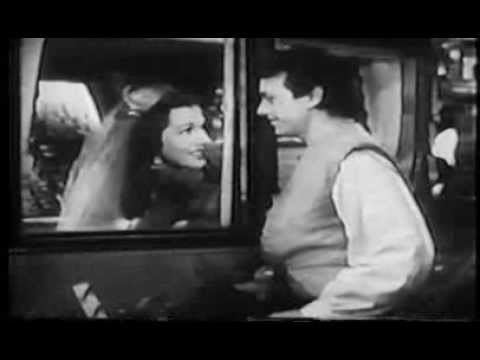
This was Max Ophüls first film in Hollywood, after he was fired from his initial project, Vendetta, due to disagreements with producer Howard Hughes.
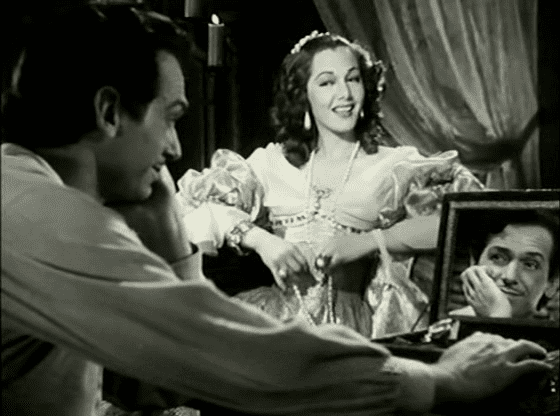
Fairbanks, Jr., a well-known anglophile, had enjoyed Cosmo Hamilton's book and sought to make the film as a tribute to his father Douglas Fairbanks, a star of swashbuckler films of the silent period. The film was the first of three independent films Fairbanks was to produce - the others being a big screen version of Terry and the Pirates, and a film called Happy Go Lucky.
Ophüls was recommended to Fairbanks by Robert Siodmak, the well-known director at the time of The Killers.
The film was produced by Universal-International Pictures, and while the initial plan was for the film to be made in Technicolor, budget constraints meant that the movie had to be shot in black and white. Though the studio was initially concerned by Ophüls unorthodox filming methods, preferring to film in long takes full of complex camera movements, they eventually warmed to his filmmaking techniques and formed a good relationship. Due to this being his first American film, Ophüls was paid $22,600, compared to the usual $75,000 or more that established Hollywood directors commanded.
Reception
Publicity downplayed Montez's contribution leading to her suing the studio.
The film initially performed well at the box office, but then suffered after the release of Captain from Castile and wound up losing money.
References
The Exile (1947 film) WikipediaThe Exile (1947 film) IMDb The Exile (1947 film) themoviedb.org
